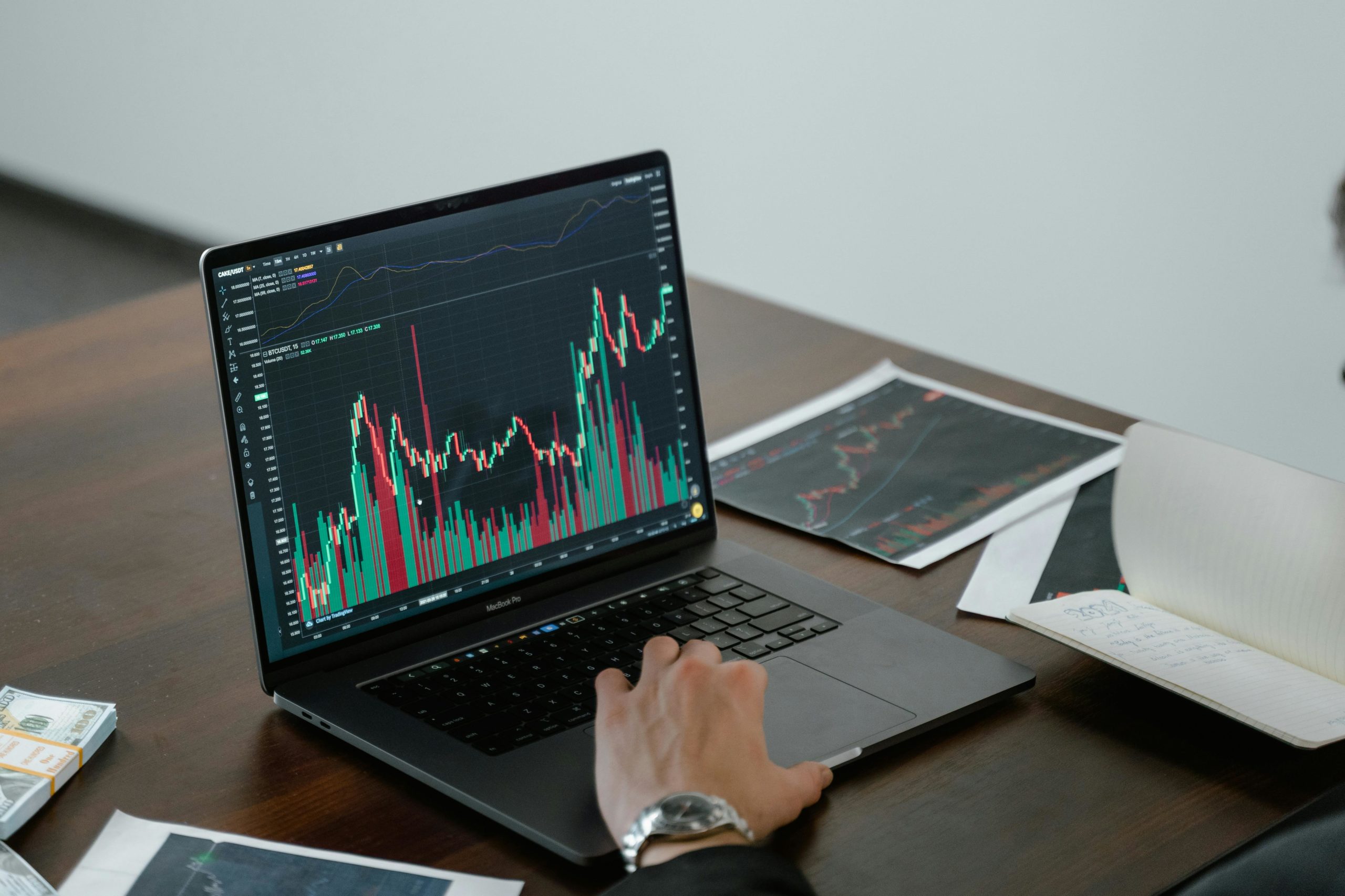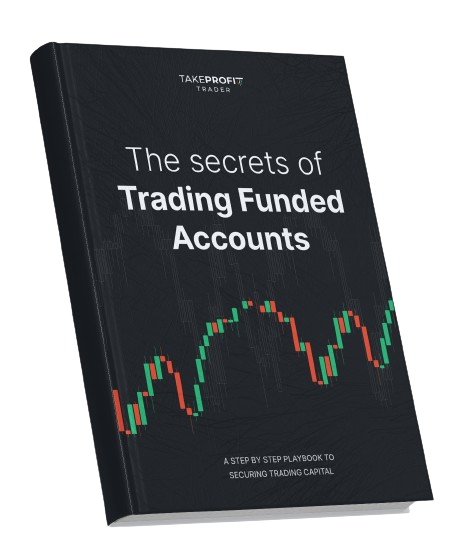The Holy Grail of Indicators? Why There’s No “Best” Indicator for Futures Trading
Futures traders are on a constant quest for the ultimate edge. Technical indicators seem to offer a window into the market’s soul, whispering secrets of future price movements. But is there a single, best indicator for futures trading? The answer, unfortunately for future fortune hunters, is a resounding no.
The Allure of the Indicator Siren Song
Technical indicators are mathematical tools used to analyze price charts, identify trends, and potentially predict future price movements. They’re like translators, deciphering the often-cryptic language of price action. Popular indicators include moving averages, Relative Strength Index (RSI), and Bollinger Bands™.
While indicators can provide valuable insights, they’re not crystal balls. Markets are complex beasts, influenced by a multitude of factors beyond the scope of any single indicator.
Here’s why relying on a single “best” indicator can be a recipe for disaster:
- Oversimplification: The market is a dynamic interplay of supply and demand, news events, and investor psychology. Indicators only capture a sliver of this complex picture.
- Lagging vs. Leading: Most indicators are lagging indicators, meaning they react to past price movements. By the time an indicator signals a potential trade, the opportunity might have vanished.
- False Signals: Markets are inherently noisy, and indicators can generate false signals that lead to losing trades.
The Indicator Buffet: A Well-Diversified Approach
So, how do you navigate the indicator landscape? The key is to understand that there’s no magic bullet. Instead, successful futures traders adopt a multi-indicator approach.
- Combine Indicator Types: Use a combination of trend indicators (like moving averages) to identify the overall direction, momentum indicators (like RSI) to gauge buying/selling pressure, and volatility indicators (like Bollinger Bands™) to assess risk.
- Confirmation is Key: Don’t rely solely on one indicator’s signal. Look for confirmation from other indicators before entering a trade.
- Backtesting is Your Friend: Test your chosen indicator combination on historical data (backtesting) to see how it would have performed in different market conditions.
Beyond Indicators: The Holistic Approach
Remember, technical indicators are just one piece of the puzzle. Successful futures trading requires a holistic approach that considers:
- Fundamental Analysis: Understand the underlying factors affecting the futures contract you’re trading (e.g., economic data, industry trends).
- Risk Management: Develop a robust risk management strategy to limit potential losses. This includes using stop-loss orders and proper position sizing.
- Discipline and Psychology: Trading is a mental game. Maintain discipline, control your emotions, and stick to your trading plan.
The Final Word: Indicators are Tools, Not Guarantees
Technical indicators can be powerful tools in a futures trader’s arsenal. However, don’t get caught up in the quest for the holy grail of a single “best” indicator. By understanding the limitations of indicators, adopting a multi-indicator approach, and incorporating other aspects of trading analysis, you’ll be well on your way to navigating the dynamic world of futures trading.



